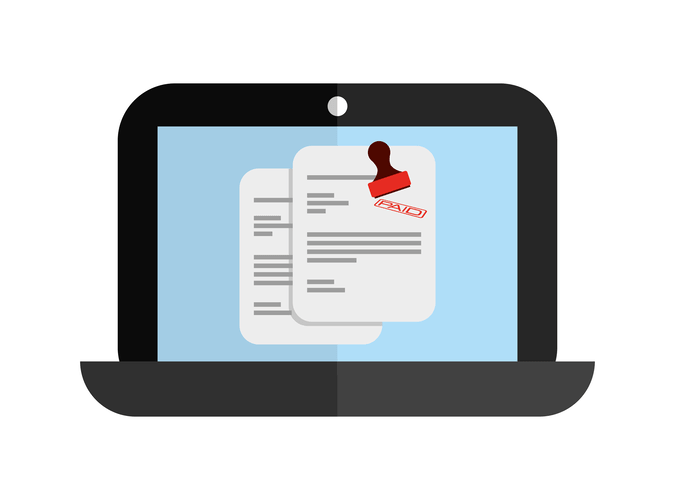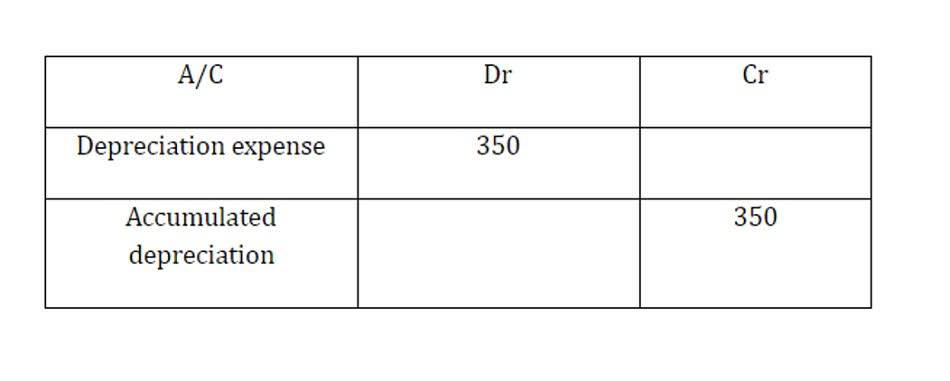Bookkeeping
Is an automobile loan payment an expense?

Suppose a company needs to borrow $40,000 to purchase standing desks for their staff. To buy new furniture, the company applies for financing directly through the furniture store. The store approves the financing and issues a promissory note with the loan details, like the interest rate and the payment timeline. Borrowers and lenders typically negotiate the interest rates on notes payable. Or, they may be variable, meaning they can fluctuate based on changes in market interest rates.

Adjusting Entries – Asset Accounts

The account is usually listed on the balance sheet after the Inventory account. This is an operating expense resulting from making sales on credit and not collecting the customers’ entire accounts receivable balances. The ending balance in the contra asset account Accumulated Depreciation – Equipment at the end of the accounting year will carry forward to the next accounting year.
Capital Borrowing Journal Entry (Debit, Credit)
- A bank time deposit (savings deposit) that cannot be withdrawn until a specified date.
- In contrast, APs are short-term debt obligations with less formal agreements and shorter payment terms.
- Any bond interest that has accrued but has not been paid as of the balance sheet date is reported as the current liability other accrued liabilities.
- In the context of accounts receivable it is the amount of accounts receivable that is expected to be collected.
- As a result these items are not reported among the assets appearing on the balance sheet.
- One of the most common questions asked is where does notes payable go on a balance sheet?
- In this section, we’ll delve deep into understanding the nitty-gritty of Notes Payable.
You’ll also notice that the statement of cash flows is broken down into three sections—Cash Flow from Operating Activities, Cash Flow from Investing Activities, and Cash Flow from Financing Activities. With the indirect method, you look at the transactions recorded on your income statement, then reverse some of them in order to see your working capital. You’re selectively backtracking your income statement in order to eliminate transactions that don’t show the movement of cash. On top of that, if you plan on securing a loan or line of credit, you’ll need up-to-date cash flow statements to apply.
Financial
Other examples include (1) the allowance for doubtful accounts, (2) discount on bonds payable, (3) sales returns and allowances, and (4) sales discounts. For example net sales is gross sales minus the sales returns, the sales allowances, and the sales discounts. The net realizable value of the accounts receivable https://www.bookstime.com/bookkeeping-services is the accounts receivable minus the allowance for doubtful accounts.

Consolidation & Reporting
Notes Payable is an amount a company owes and is thus considered a liability. In accounting, all debts, obligations, and due payments are referred to as liabilities. Proper classification of notes payable helps assess a company’s short- and long-term financial obligations.
Forrester Recognizes HighRadius in The AR Invoice Automation Landscape Report, Q1 2023

This financial statement reports the amounts of assets, liabilities, and net assets as of a specified date. This financial unearned revenue statement is similar to the balance sheet issued by a company. If a business is organized as a corporation, the balance sheet section stockholders’ equity (or shareholders’ equity) is shown beneath the liabilities.
3.1.3 Checks written but not released
- Accounts payable do not involve a promissory note, usually do not carry interest, and are a short-term liability (usually paid within a month).
- No, I have no idea what would go on this line that isn’t already included on lines 16 and 17.
- Notice that the ending balance in the asset Supplies is now $725—the correct amount of supplies that the company actually has on hand.
- When inventory items are acquired or produced at varying costs, the company will need to make an assumption on how to flow the changing costs.
- It’s an asset, not cash—so, with ($5,000) on the cash flow statement, we deduct $5,000 from cash on hand.
Similarly, the cost principle prevents a company’s balance sheet from including the value of notes payable vs accounts payable its highly effective management, its research team, customer allegiance, unique marketing strategies, etc. The account Retained Earnings provides the connection between the balance sheet and the income statement. When the corporation purchases shares of its stock, the corporation’s cash declines, and the amount of stockholders’ equity declines by the same amount. Hence, the cumulative cost of the treasury stock appears in parentheses.
Time Value of Money
- In the realm of accounting, both ‘Notes Payable’ and ‘Accounts Payable’ are two forms of ‘payables’ that signify an amount owed by a firm.
- With this type of promissory note, a borrower agrees to pay back the full principal amount at the end of the loan term.
- You don’t include anything for “the value of the business” on line 14.
- The amount of insurance premiums that have not yet expired should be reported in the current asset account Prepaid Insurance.
- Next period (when it is earned) a journal entry will be made to debit the liability account and to credit a revenue account.
- A credit of $375 will need to be entered into the asset account in order to reduce the balance from $1,100 to $725.
- Here, notes payable is a debit entry as it leaves no further liability.
That something is either capital stock or additional paid in capital (line 23). Most accountants recommend you put as much of that onto line 23 and as little of it onto line 22 as possible to provide flexibility in taking future shareholder distributions without affecting capital stock. These two lines are essentially where the accountants massage the books to keep them straight when changing business entities and when records have been incomplete (as they often are for small businesses). Luckily in our case, both of these lines are $0 since we never really put any money into WCI.

